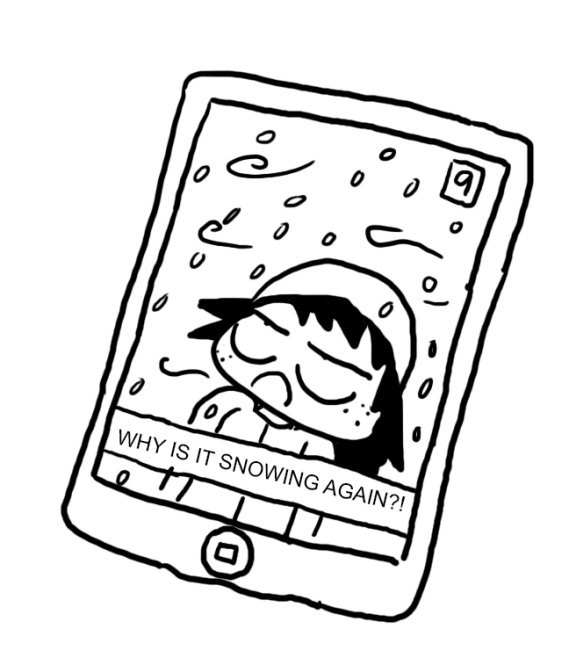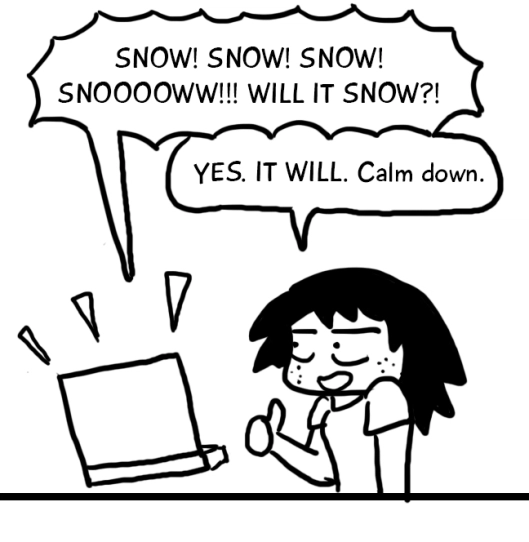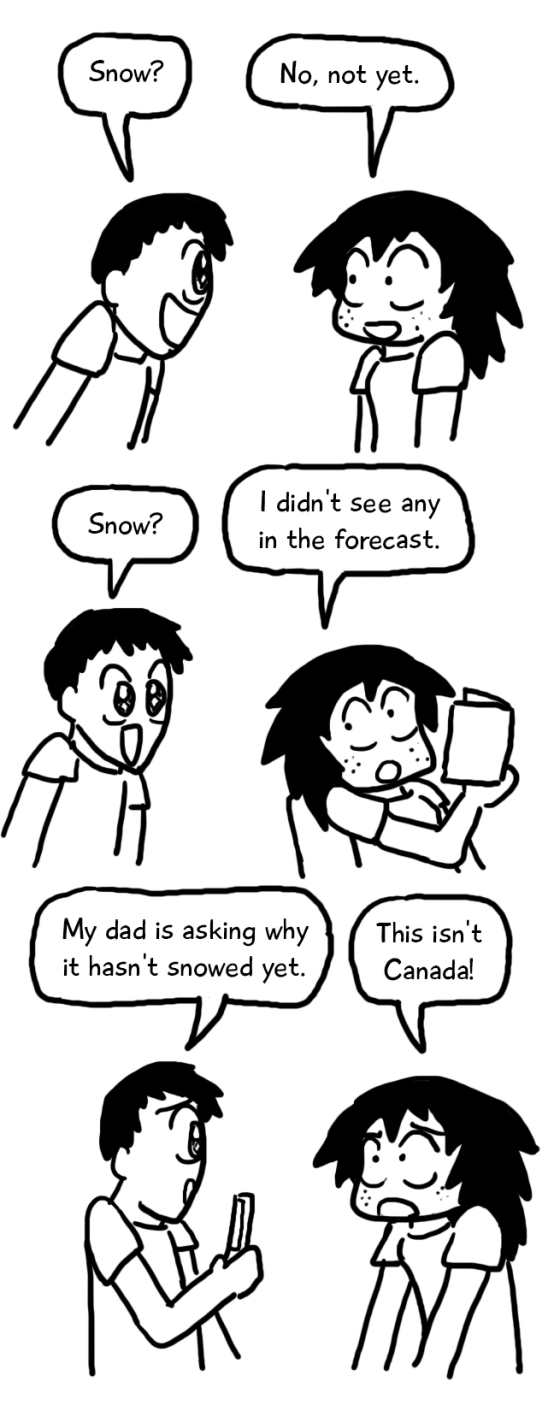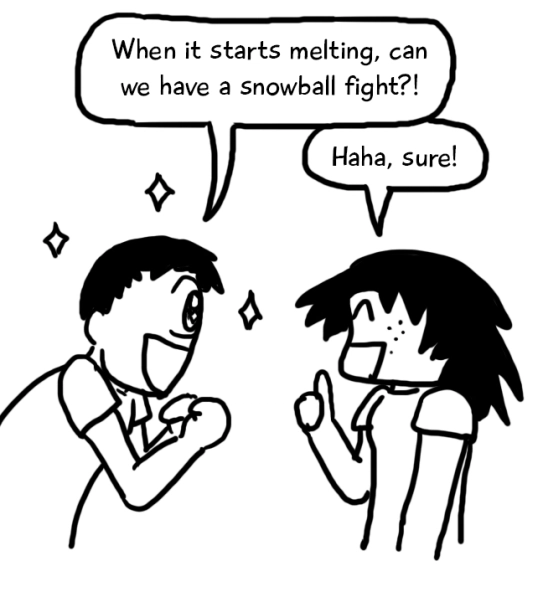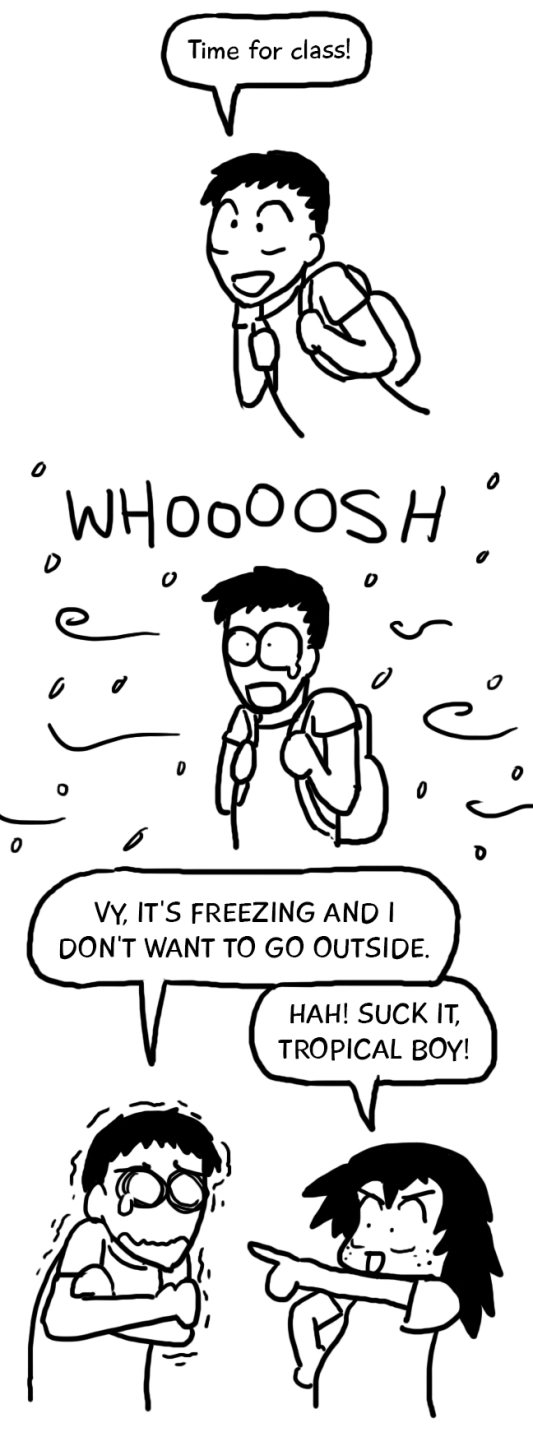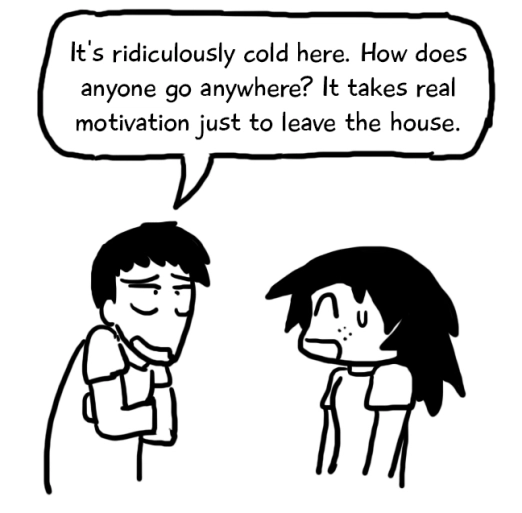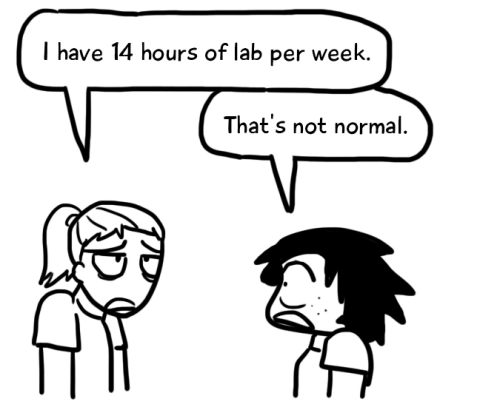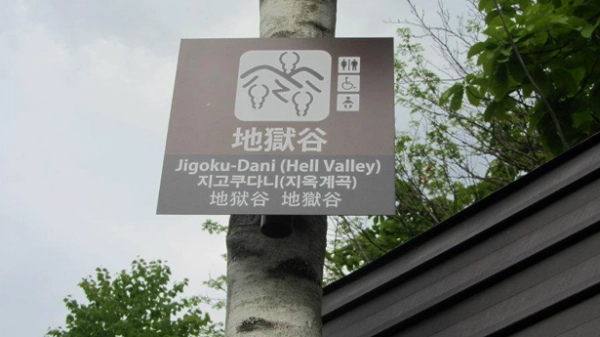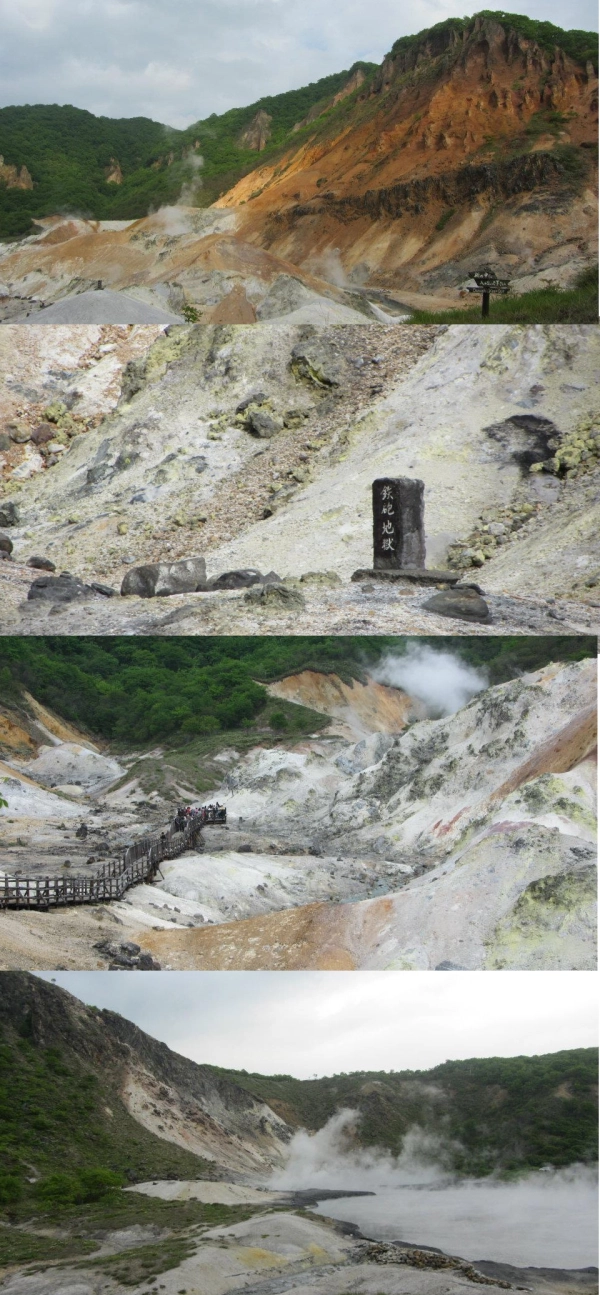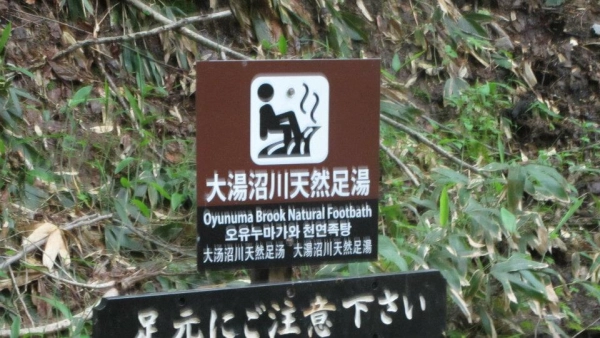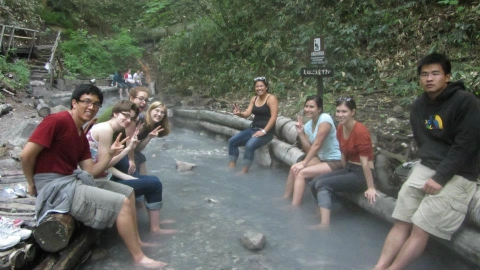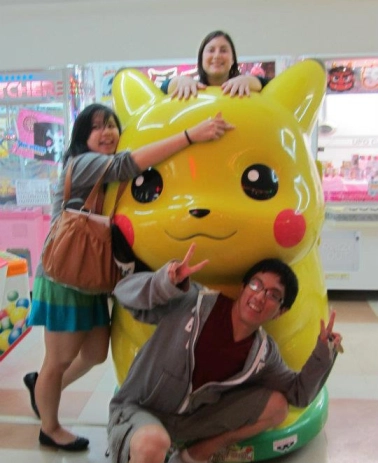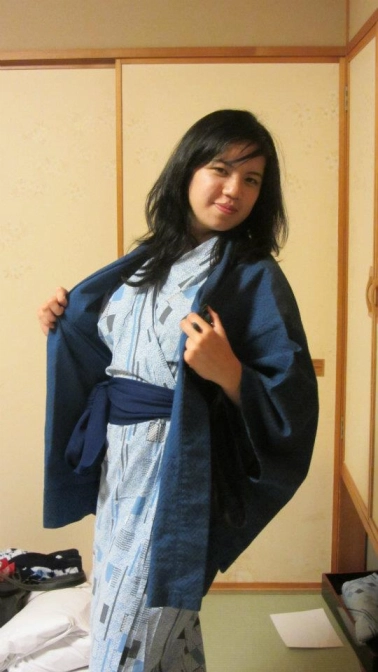When I went abroad to Germany, I was pretty nervous. I would be living with a family I had never met before. I didn’t know anything about German culture. I was determined to make my trip a success, but still had some reservations.

Being an exchange student is not a competition, but some kids definitely do better than others. Every trip is different. Some students aren’t ready to go abroad. Some familes aren’t ready to host. The organization I went through, Youth for Understanding (YFU) tried to teach us how to make our travels successful. We went through a pre-departure orientation, an arrival orientation, and even an orientation at the end of our trip— let me just say I’ve had enough icebreakers to last a lifetime.
They offered some advice, which I offer to you now. Not all exchange students have the luxury of being over-orientated like I was, so they have nothing to dispel their worries.
So, I present…

…a list of 6 quick, messy tips!
1. Eat ALL the things!
Food is important! When you’re abroad, your host parents may cook for you, or buy food for you, or take you out to eat. If you don’t like a food, fine– but try it at least once. Your family wants to share their culture with you, and food is a huge part of that culture.
I met an Indian-American girl who became an extreme example of this when I went to Germany:

Not that I’m saying that anyone should give up vegetarianism, especially if it’s important to you. However, be ready to try new things! Go to your country with an open mind. Remember, you’re the odd man out here. You’re going to have to adapt to your new country, just as they have to adapt to you.
2. Expect nothing.
After I announced I was going to Germany, everyone had expectations for me.

Although I applied to go to Japan, I was sent to Germany instead. Though I was a little disappointed at the time, in retrospect it was a good thing. I’m obsessed with manga (surprise!) and I therefore had a very unrealistic view of what my Japan trip would be like.

This might sound pessimistic, but if you go in with overly high expectations, you may be disappointed. Not all students have the best experience. Before I went to Japan, my Japanese tutor who went on the same trip frequently told me,

And this isn’t a bad attitude, either. When you have no expectations– none at all– you can go in and appreciate every experience for what it is, instead of thinking about how much better it could be. I went to some amazing places in Germany, but I also spent a lot of time just hanging around my host family. Both ends of the spectrum, to me, were equally valuable.
3. Hang with the natives.
Exchange students tend to stick together, which makes sense. In a strange, new land, there’s a group of people who speak your language, know your background, and understand the way you think. Who are you going to gravitate towards?

Running around and looking at famous sites is fun and all, but it doesn’t immerse you in the culture. The best way to learn about your host country is to talk to people who know it the best– the people who have lived there their entire life. At the very least, try not to be a “guest” to your host family. Help around the house, hang out, and talk to them!
Talking to natives can be a bit difficult, though, which brings me to the next two points:
4. At least attempt to learn the language
and
5. Don’t be afraid to sound like an idiot.
My German host family speaks English, so I was able to speak with them fairly well. I tried hard to learn a bit of German, though. I even purchased a phrasebook before departure. One of the phrases I still remember:

I did became frustrated when I met people beyond my host family. Not many of my host family’s friends or relatives spoke much English.

I did a little better when I went to Japan, since I had a slight knowledge of the language. Still, that didn’t stop me from speaking terrible Nihonglish. Some of the stuff that came out of my mouth was preeeettttyyy dumb.
Like during my homestay in Japan. I spent my homestay with another American girl, who’ll I’ll call “K” for anonymity.

So go! You don’t have to sound as dumb as me, but don’t be afraid to speak the language. Even if you get it wrong, people will appreciate the effort. It’s better to communicate a little rather than not at all!
But as you’re off adventuring, and learning new things, and seeing new places, a feeling– one of the most unexpected, gut-wrenching feelings– one that can and has sent kids home and ruined exchanges– is going to hit you.
6. You’re going to get homesick.
I’ve never been abroad for a extended period of time, so I don’t have much experience with this. But I can attest to the stress that comes with going abroad. The climate is different. The food is different. The language is different, forcing you to concentrate all day, every day. A lot of students experience exhaustion their first few days abroad.
When it really gets bad, I hear, is about three or four months into your exchange. By then, the “honeymoon” period of your exchange has worn off. The novelty is gone. Yet three months is a very short time within which to make friends (at least for me, but I am friend-making-ly challenged) so many students find themselves suddenly craving the familiarity of home.
My best friend from high school hosted a girl from France for a year. Sure enough, a couple months into her exchange, my best friend confessed:

While you’re wrapped up calling home, though, you’re missing out on what’s going on around you. Time spent talking with your real family is time missed talking with your host family. YFU told us, many, many, times:
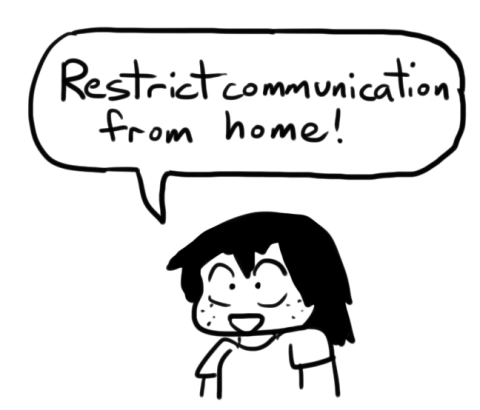
Because, more often than not, kids encounter this problem on their exchange. (They even told kids on short-term exchanges to leave their laptops behind, to avoid hiding behind a computer screen all day.)
When I went to Germany, I actually wasn’t expecting to get homesick. I was only there for six weeks. But sure, enough, when I Skyped my parents…

And then my friends…

Of course, I never got to the OMG-I’m-miserable-here-send-me-home-right-now point, but I did feel those pangs of homesickness. After you hit that low, though, your exchange slowly gets better and better until, by the end, you don’t want to go home anymore! And then you go home and get reverse culture shock, which is a whole other story.
I guess, in the end, all of these tips really boil down to one thing:

You can’t truly enjoy the country if you aren’t in the country. Not just physically there, but mentally there as well. Immerse yourself!
So, to all you prospective exchange students? Don’t be scared: go abroad! No two exchanges are alike– and some kids do have bad luck– but most kids have a blast abroad. (I did!) In the end, your experience is what you make of it. And the things you can learn from your experience… well, that’s a whole other post in itself.
Now go board a plane and spread your awesomeness elsewhere.
High schoolers! Don’t know where to start? I super-believe in studying abroad, so I’mma link to two organizations I know are legit:
Youth for Understanding (I used this one! If money’s an issue, there’s a ton of scholarships available, like the full-ride I got to Deutschland!)
AFS Intercultural Programs (A girl I knew used this one to go to Japan– they offer partial scholarships.)
Like this:
Like Loading...


